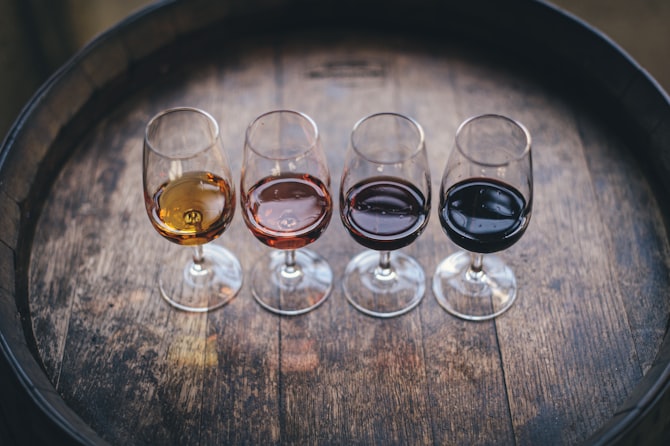Sitting in a sunny plaza in the tiny town of Bierzo, I asked the non-wine companions on my trip through northern Spain what they had been most impressed by so far. Our cameraman reflected for only a second, then said “the spider webs at R.Lopez de Heredia.” In our current culture, we are so set on cleaning away every little piece of dirt. It might not be all for good. I remember reading research when I was studying immunology at university, indicating that our strong increase in allergies in the western world might be due partially to excessive cleanliness. Our bodies don’t build up a natural defense to diseases and bacteria because we wash them away, kill them with disinfectant spray. Our immune system, in the process goes haywire and attacks the smallest things, resulting in allergies. I read in another study that the use of so much anti-bacterial products results in only resistant, aggressive germs propagating. We mess with the natural balance and things get complicated, taking all kinds of chemicals to control the results.
Maybe it is the same in wineries. At R.Lopez the Heredia, things haven’t changed for over 100 years. They keep the immense spider webs to keep the cork-eating moth at bay. Thus, they can use natural cork and let the bottles rest for a really long time without worrying. They keep the moulds and dirt around because it harbors the natural yeasts that make the natural fermentation take place. The fermentation vats, of oak, are about 135 years old, so they no longer impart any oak flavors but I’m sure the yeast lives quite happily in there too. All these things is part of their “terroir” - it would be limiting to look only at the soils and climate. There seems to be no problem with spoilage bacteria.
(I’m not sure if she was joking, but it seemed from Maria José Lopez de Heredia that her father had fired a new hire who was about to take the broom and some clorox to the spider webs.)
The resulting wines are quite special, with oxidative tones, delicate perfume and a light body. As far as you can get from the highly extracted, full bodied, ripe modern riojas. Especially the whites (age them as long as you can handle waiting) and the rosé are interesting experiences and some of my favorite wines of all time.
To conclude - you could call her wines “natural wine” but it is just done the way R.Lopez de Heredia has more or less always made wine. I’m not suggesting it is the way forward for everyone, but perhaps we can learn a few things. Maybe constant stressing about killing every single little germ is not the way to go. Maybe a spotless winery is great for avoiding brettanomyces (the yeast that causes a sable-like off-flavor in wine). It IS a complex question. Still, perfect cleanliness is not the only option. If you have native yeasts covering the surfaces, you might be lucky enough that they control the growth of the ones you don’t want around. Sometimes nature regulates itself if we let it... How beautiful is that?
Av: Erica Landin











